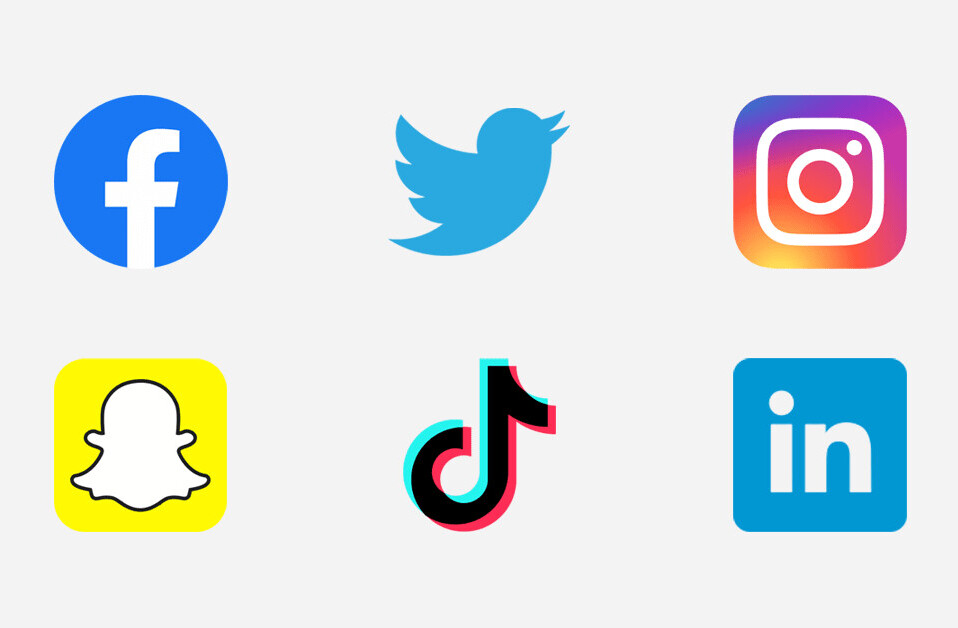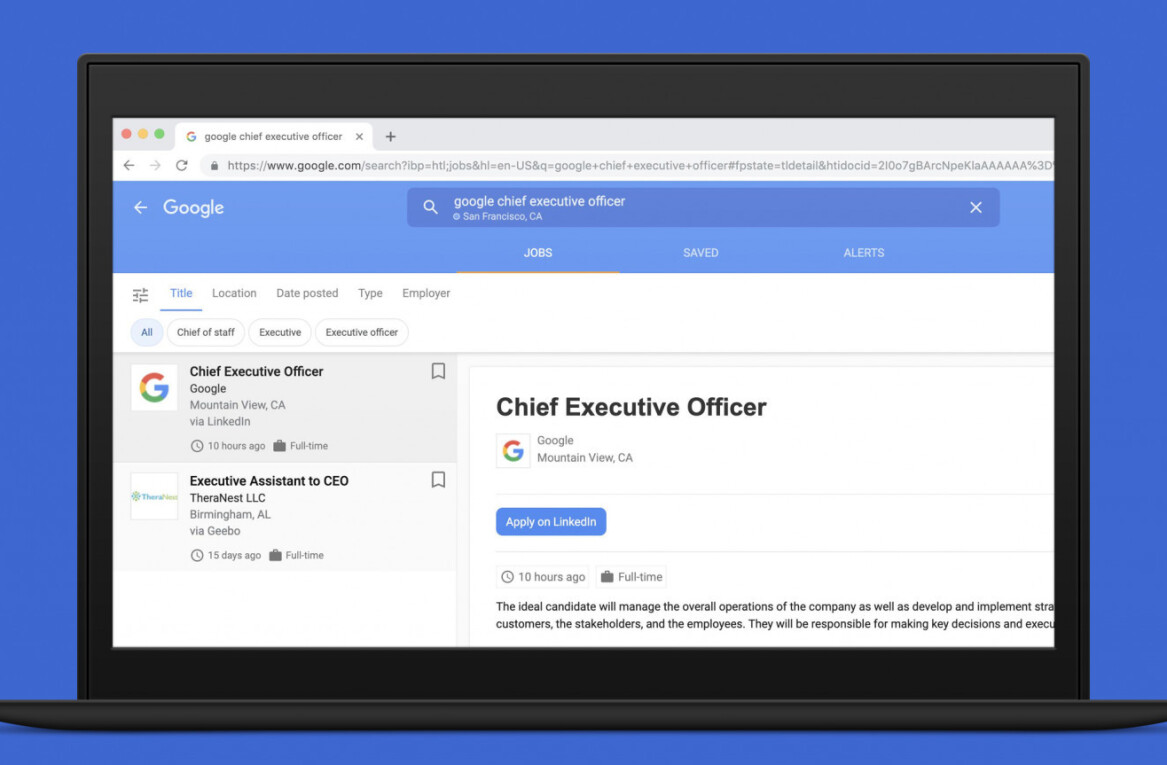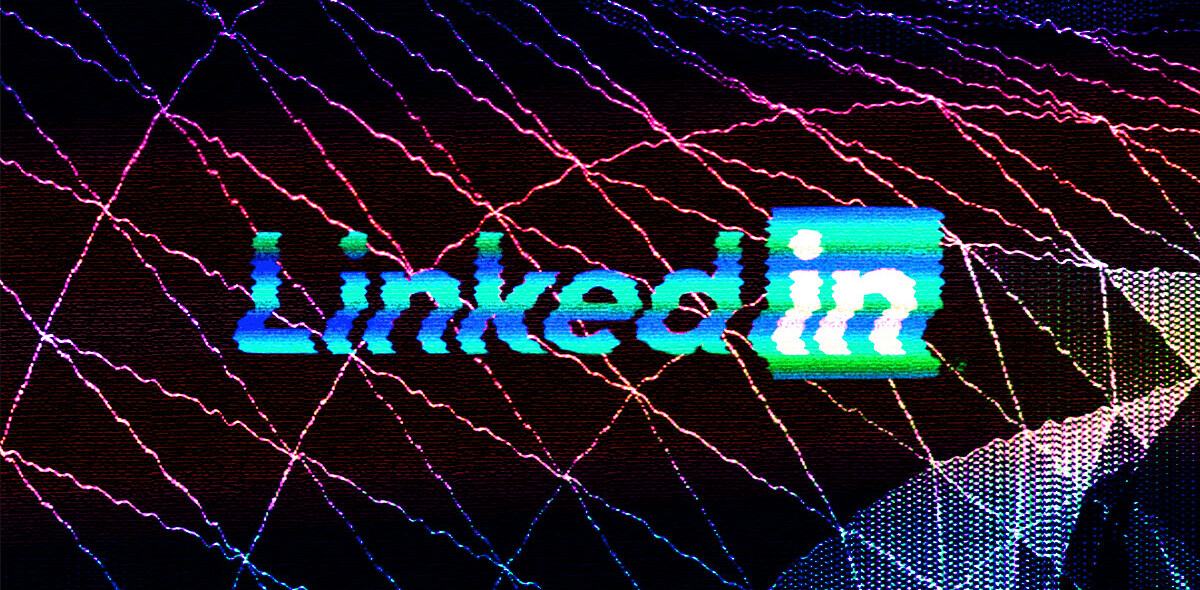
Correlation does not always equal causation but there’s some interesting things happening with LinkedIn and Twitter when it comes to Facebook page referrals lately. The guys over at PageLever (the startup that gives stunningly-accurate Facebook page analytics) have been doing some digging and found out that inbound referrals from LinkedIn have jumped over 1000%, while referrals from Twitter are spiraling downward.
PageLever CEO Jeff Widman put me in touch with data scientist Brian Carter, as Carter had been doing some data mining on PageLever’s data. What Carter found was a sudden, very specific spike in traffic from LinkedIn that started around June 30th of this year. But why? That’s the bigger question, and the one that I want to delve into a bit.
You might remember that on June 29th of this year Twitter tightened the reins on LinkedIn, prior to doing so for other third-party displays of tweets as well. LinkedIn stopped displaying tweets in order to comply, and then on the 30th Twitter announced more of its reasoning.
“We’re building tools for publishers and investing more and more in our own apps to ensure that you have a great experience everywhere you experience Twitter, no matter what device you’re using. You need to be able to see expanded Tweets and other features that make Twitter more engaging and easier to use.”
Could the sudden lack of Twitter content on LinkedIn cause LI’s own referrals to Facebook pages to jump? It’s possible, if people are updating to LinkedIn directly instead of ignoring the service after Twitter’s whip crack. Interestingly, it’s not the first time that sites have noted increased traffic from LinkedIn to the point that it was beating Twitter, as recorded by TechCrunch in 2011.
Taking things a step further, we noted a few days after Twitter’s forced exodus from LinkedIn that the site was actually more usable without tweets clogging up the stream. Again, it’s ammunition for the correlation, but there’s no proof of a direct cause.
There’s also the possibility that people are simply using LinkedIn more often. The site has added some new features recently, such as commenting on the LinkedIn Today screen. Beyond that, a new redesign has made the entire experience more inviting. Facing facts, when you start allowing people to use your service like Facebook, they’re going to be more likely to link Facebook content, and that’s part of what I think we’re seeing here.
But the most obvious reasoning is URL obfuscation. Twitter wraps every link inside of a t.co URL and therefore it’s entirely possible that reporting software was attributing the traffic to Twitter even when the link was set to LinkedIn. Once the wrapping wasn’t happening inside of LinkedIn, there was nothing stopping those referrals from being reported accurately.
So the big question that remains is whether Twitter has perhaps shot itself in the foot on another front with its recent changes. While, anecdotally, TNW’s own traffic shows Twitter referrals nearly doubling those of LinkedIn, it’s hard to judge where people are plugging their Facebook Pages. But it’s worth noting that we did see a massive jump (nearly 200%) in referrals from LinkedIn from June to July.
But how about the rest? PageLever points out that the long-tail trend of direct Facebook Page traffic is huge, as all referral sources measured only accounted for 20% of the incoming traffic. While LinkedIn’s number here is relatively low compared to the rest, that 1.3% is still a 1000% increase over its January number.
Wither Twitter? It’s far too early to call for a eulogy, but maybe the band should start warming up. In the mean time, if you have a Facebook Page, it’s best to not rely on external sources for your traffic. Nothing can hold a candle to direct communication with your fans.
Image: Mandel Ngan / Getty Images
Get the TNW newsletter
Get the most important tech news in your inbox each week.






